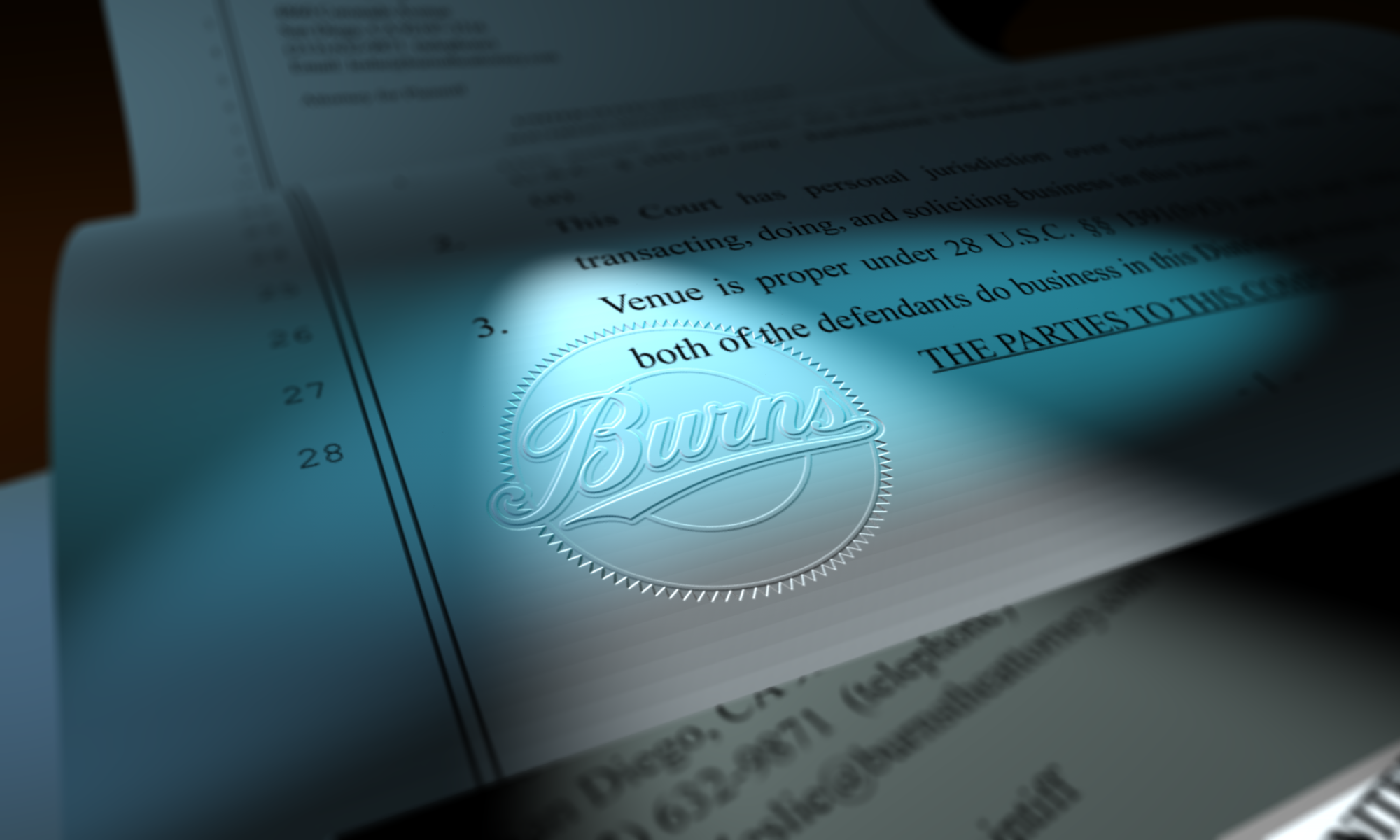Sequencing a portfolio has more of an impact than you might think. Yesterday, I had a client ask me to look at a prospective portfolio edit/sequence. I thought he had made some really strong choices, but there was something still not quite there about the whole thing. The flow was off and that made the individual images look weaker than they really are.
I made some suggestions, he made some changes, and between the both of us, we found a much better flow. Now the images look more related, showing a more cohesive sense of vision and, as a result, each individual image shows its own strength. The whole is better because its parts fit better in this order.
Unfortunately, there is no simple way to describe and teach good flow. It would make my life much easier if I could tell you all “put people who face the same way next to each other” or “similar object shapes go together” but there quite simply are no rules like that. Each work has its own best proceeding and following images; each image may, or may not, work well in a multi-image layout. What will work for your work may very well not work for any other photographer, and vice versa.
And, no matter what, even with the “best” sequencing and edit possible, there will always be someone who will have some problem with it. Perfection for all is simply not a reasonable goal.
A good portfolio edit and flow is, thus, not unlike the Supreme Court’s definition of pornography (or at least Justice Potter Stewart’s): I know it when I see it.
